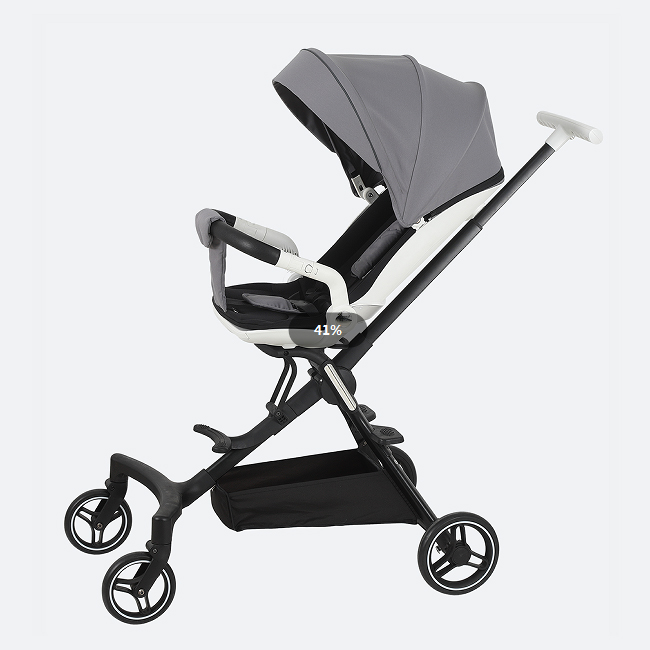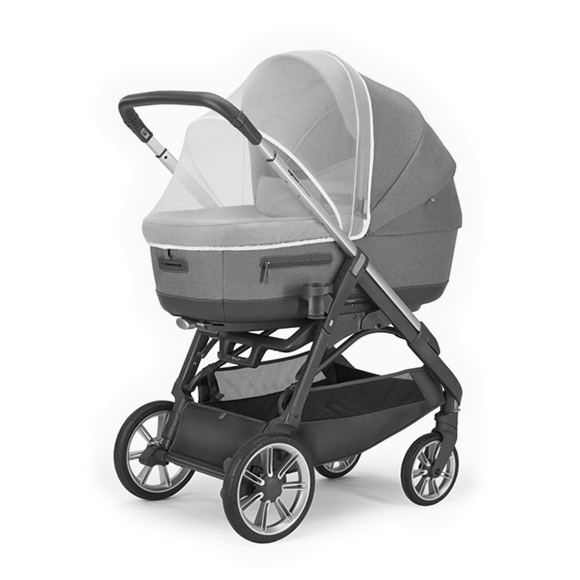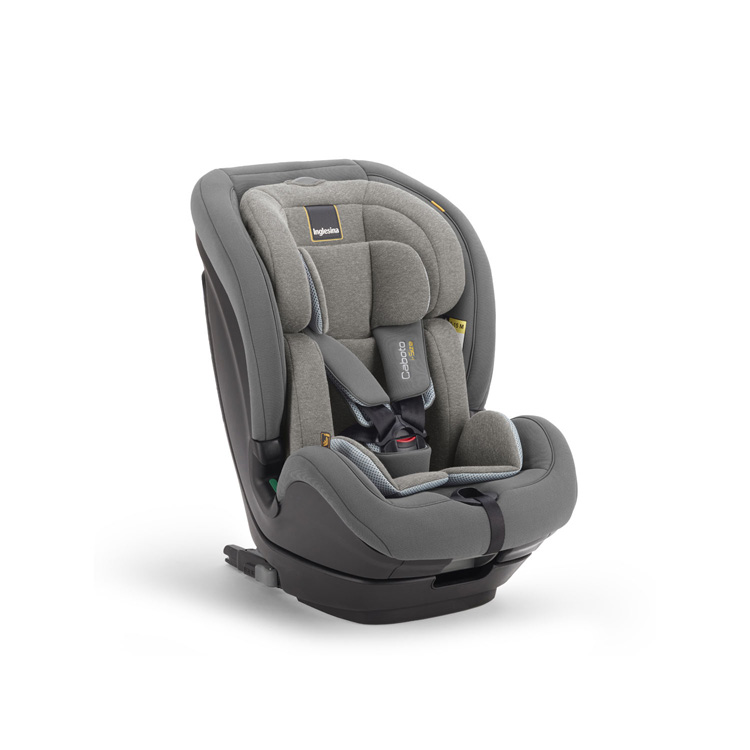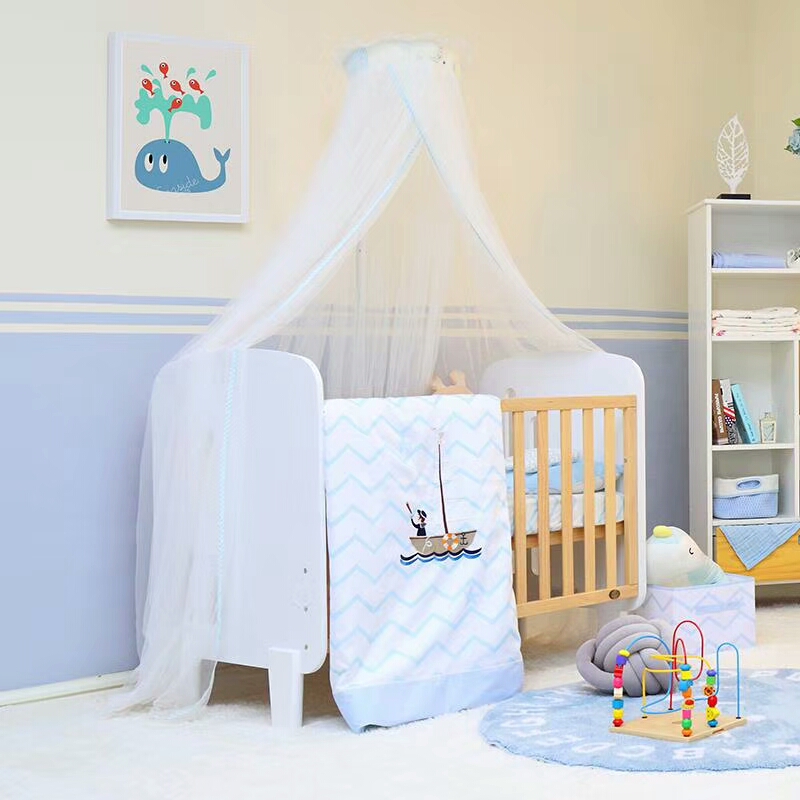Security:
The design core of kids bedding is active protection, not simple size adjustment:
Structural safety details: Child beds are usually equipped with raised guardrails (to prevent rolling and falling during sleep) and full rounded designs (to avoid bumps and abrasions). These hardly appear in adult bedding.
Special protective treatment: kids mattresses generally use anti urine and anti sweat surface layers, and the inner layer is often treated with anti mite and antibacterial treatment. Compared to adult mattresses that only emphasize support, kids models add an additional "hygiene barrier".
Physical security redundancy: For example, Canadian regulations require that the gap between kids mattresses and bed frames must be ≤ 3cm to avoid getting limbs stuck; There are also limitations on thickness to prevent the risk of falling due to excessive height.
Health considerations
The metabolic system of children is fragile, and the "zero tolerance" of bedding for harmful substances is its core difference:
More stringent environmental standards: The formaldehyde limit for kids bedding is ≤ 75mg/kg (such as SOR/2016-152 in Canada), and multiple tests such as lead, cadmium, and phthalates must be passed (total ≤ 0.1%). Although there are standards for adult bedding, the limits are much looser.
Heavy metal risk prevention and control: brightly printed bedding may contain extractable heavy metals such as arsenic, chromium, and nickel. It is recommended to choose natural fabrics in plain or light colors (Class A/B standards) for kids clothing, as the risk of heavy metal residue in dark dyes is more than 6 times higher.
Breathability and hypoallergenic priority: kids skin is sensitive, and pure cotton material accounts for over 90%. The fiber moisture content is maintained at 8-10% to ensure moisture absorption and breathability. Adult models use more functional materials such as blends and memory foam.
Design logic:
kids bedding carries the dual task of physical and mental development:
Dynamic size adaptation: kids duvet covers are commonly 150 × 200cm (summer) and 160 × 200cm (winter), while adult covers start from 180 × 220cm. There are also innovative designs such as dual-use duvet covers, which switch between kids core cavity and adult thin quilt mode through the middle suture.
Personalized growth design: Breaking away from the stereotype that "cartoon prints are just for children", professional kids bedding will be customized according to gender and personality - such as providing plain color comfort for lively children and designing clock pattern reminder for those who lack a sense of time.
Psychological safety integration: Creating three-dimensional fairy tale scenes (such as starry skies and forests) through fabric embroidery techniques is not only for aesthetics, but also helps children establish a sense of familiarity and security, reducing sleep anxiety.
Practical purchase: Four steps to avoid hidden dangers
When selecting bedding for children, focusing on key points can significantly reduce risks:
Check certification: Identify A-class infant and toddler standards or international OEKO-TEX100 certification to avoid "environmental" gimmicks.
Light function: Beware of additional functions such as "antibacterial and mite proof", as excessive chemical additives may introduce formaldehyde or heavy metals.
Look for simplicity: Choose non printed, light colored pure cotton fabrics and reduce printing and dyeing processes to minimize risks.
Trial adaptation: The gap between the mattress and the bed body should be ≤ two fingers wide, and the duvet cover should be 10-20cm wider than the core for easy movement, but should not be overly loose.






